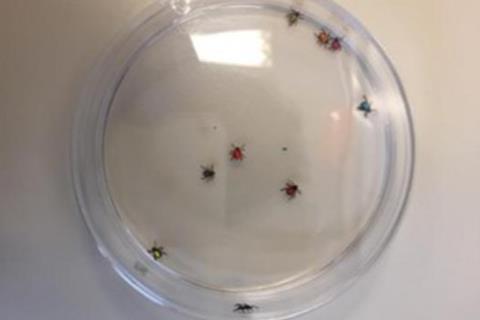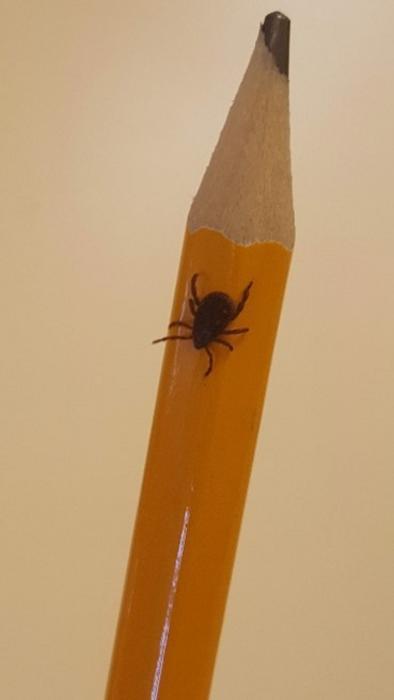A new study led by Prof. Yuval Gottlieb from the Koret School of Veterinary Medicine at The Hebrew University of Jerusalem has unveiled important information about the relationship between the brown dog tick, Rhipicephalus sanguineus, and its Coxiella-like symbiotic bacteria.

The research shows that these bacteria help the ticks by providing essential B vitamins and possibly other nutrients like L-proline, which are crucial for the tick’s reproduction and health. Ticks, like many animals, rely on bacteria to get nutrients, handle stress, and influence their behavior. These bacteria are crucial for ticks to survive on their blood-only diet.
READ MORE: Bartonella and babesia co-infection detected in patients with chronic illness
READ MORE: Invasive brown widow spiders host novel bacteria related to chlamydia
Ticks are vectors of numerous diseases that pose significant health risks to humans and animals. They can transmit pathogens such as bacteria, viruses, and protozoa, leading to illnesses like Lyme disease, Rocky Mountain spotted fever, and anaplasmosis among others. These diseases can cause severe health issues, including neurological problems, joint pain, and even death if not properly treated.
Understanding the biological mechanisms that support tick survival and reproduction is crucial for developing new methods to prevent tick bites and reduce the incidence of tick-borne diseases, ultimately protecting public health. According to the Centers for Disease Control and Prevention (CDC), approximately 50,000 people visit emergency departments annually due to tick bites in the United States alone. This number likely underestimates the total number of tick bites, as many bites do not result in emergency visits and are unreported.
Endosymbiotic bacteria
Ticks, as obligatory blood-feeding arthropods, rely on endosymbiotic bacteria to obtain B vitamins, which are deficient in their blood diet. The study explored whether additional metabolites, such as L-proline, are involved in this nutritional symbiosis. Prof. Gottlieb and her team measured amino acid levels and examined the effects of B vitamins and L-proline supplementation on female ticks with suppressed Coxiella-like endosymbionts.

The findings revealed that L-proline levels were higher in the symbiont-hosting organs of unfed ticks and in engorged blood-fed ticks. Moreover, the supplementation of B vitamins significantly increased the hatching rate of ticks with low levels of Coxiella-like endosymbionts, an effect that was further enhanced with the addition of L-proline. These results suggest that Coxiella-like endosymbionts produce L-proline and are essential for the tick’s reproductive processes, particularly during periods of high metabolic demand such as egg production and embryonic development.
Tick management
“This study underscores the importance of nutritional symbionts in the health and reproduction of ticks,” said Prof. Yuval Gottlieb. “Our findings can open new possibilities for developing strategies to control tick populations and mitigate tick-borne diseases.”
Prof. Gottlieb’s research offers potential avenues for controlling tick populations and reducing the impact of tick-borne diseases. By shedding light on the intricate relationship between ticks and their symbionts, this study paves the way for innovative approaches in tick management and disease prevention.







No comments yet